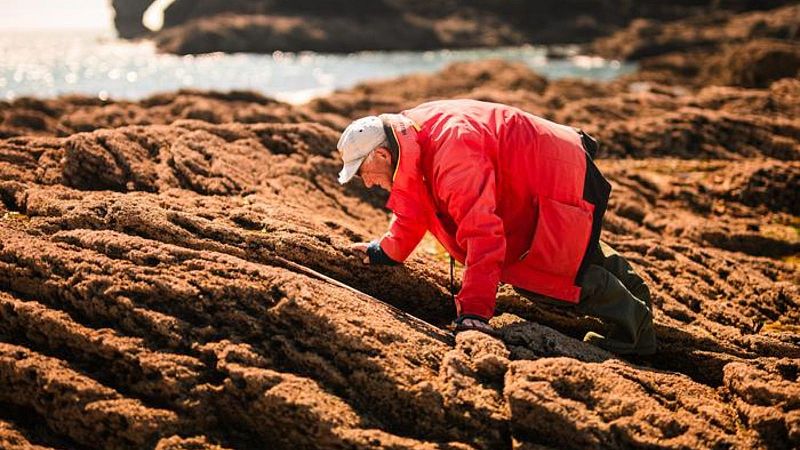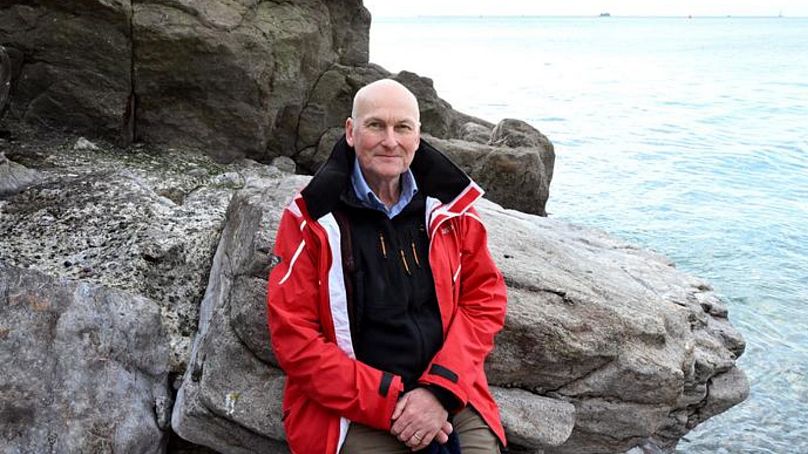
At the dawn of the millennium, a group of esteemed scientists drew up a list of threats they deemed most likely to impact the world’s rocky shores over the coming quarter of a century.
Now, in 2025, the same academics and other experts have reviewed their forecasts and done another stocktake of Earth’s coastlines.
The new study, published in Marine Pollution Bulletin, reveals several points where they were spot on - and others where their predictions fell wide of the mark.
“Our shorelines are sentinels for the global ocean and, for many people, their window to what is happening in our seas,” says Professor Hawkins, Lankester Research Fellow at the Marine Biological Association (MBA), and an Emeritus Professor at the University of Southampton.
“Protecting their continued health is essential, but they are constantly facing multiple threats from land, sea and environmental change.”
The first study, published in 2002, shows it is possible to forecast some challenges, he continues. “However, there will always be things we can’t foresee – and things that don’t materialise as scientists might expect.”
What did the scientists get right in their shoreline predictions?
The scientists correctly predicted that oil spills would decrease in both frequency and volume - a trajectory that was already underway since the 1970s.
Despite some major tanker-related spills, the biggest oil spill in the last two decades was offshore following the Deepwater Horizon catastrophe, when a drilling platform operated by BP in the Gulf of Mexico exploded.
The use of more environmentally sensitive clean-up methods has also generally lessened the severity of any post-spill impacts.
Professors Hawkins and co-author Professor Richard Thompson OBE FRS, Professor of Marine Biology at the University of Plymouth, were also right to predict that the global spread of non-native species would increase as global temperatures change.
One example of an invasive species that has relocated as sea temperatures rise is the warm-water barnacle Austrominius modestus. Introduced to southern England in the 1940s, its range has now expanded into Europe - from Denmark to southern Portugal, and north into Scandinavia - where it tends to dominate in rocky intertidal areas.
They were also correct to say that the growth of industrial agriculture, plus riverside and coastal urbanisation, would lead to increased sediment running into rivers, estuaries and seas.
What went better than expected?

Some forecasts were partially right. The 2002 study was insufficiently optimistic about reductions in the impacts of toxic chemicals, such as tributyltin (TBT), which were subsequently reined in by international legislation.
“Marine scientists have shown that a combination of global and local action can bring about positive change – the successful banning of TBT by the International Maritime Organization in 2003 being a notable example,” concludes Professor Thompson, who was recently named by TIME magazine among its 100 most influential people in the world for 2025.
Another positive: concerns that offshore renewable energy installations might harm marine habitats have proved to be unfounded.
Interestingly, the study notes, the growth of offshore wind installations has actually provided offshore habitat for some rocky shore species and stepping stones, thereby increasing the “demographic connectivity” of populations.
Climate change threats were underestimated
While scientists were very aware of the influence of climate fluctuations, they didn’t fully appreciate the varied impacts they would have on species and ecosystems.
And they underestimated the importance of extreme weather events resulting from climate change.
In the interim, other studies have warned how climate change is increasing the risk of extreme flooding and droughts, endangering coastal species which rely on natural salinity levels.
Other threats the scientists missed 25 years ago include the impacts of coastal mining, ocean acidification and the staggering scale of plastic pollution.
“As international discussions continue around factors such as a Global Plastics Treaty and the most effective ways to reduce global warming, it is important that we recognise past environmental success and build on them,” says Professor Thompson.
He and Professor Hawkins worked on the new study alongside Dr Kathryn O’Shaughnessy and other colleagues at the MBA and University of Plymouth and various other organisations across the UK, US, South Africa, Italy, Ireland, Chile, China and Monaco.







